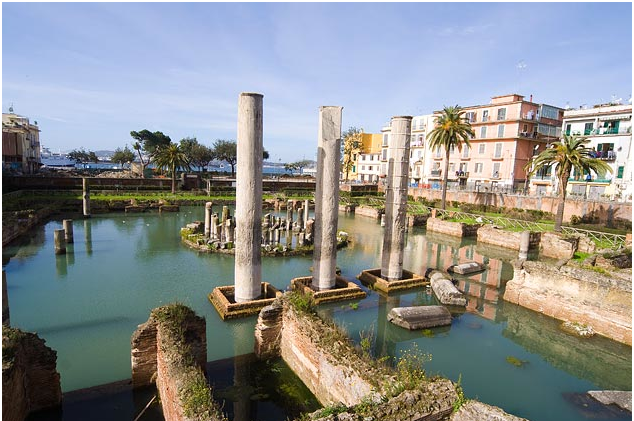Secret of ancient Roman concrete
Ancient Roman Concrete Is About to Revolutionize Modern Architecture – researchers at Berkeley Lab have analyzed the concrete from Roman ruins in 11 Mediterranean harbors and discovered why so many of them are intact despite two thousand years of pounding by the sea. The composition of that ancient concrete and method of production hold the secret of concrete that’s “more stable and less environmentally damaging” than what we use today.
Portland cement, the concrete most used in modern construction, has a service life of less than 50 years in seawater and its manufacture contributes to environmental pollution:
… manufacturing Portland cement accounts for 7 percent of the carbon dioxide that industry puts into the air.”
From Berkeley Lab’s press release:
“The Romans made concrete by mixing lime and volcanic rock. For underwater structures, lime and volcanic ash were mixed to form mortar, and this mortar and volcanic tuff were packed into wooden forms. The seawater instantly triggered a hot chemical reaction. The lime was hydrated—incorporating water molecules into its structure—and reacted with the ash to cement the whole mixture together.”
Via Gizmodo

